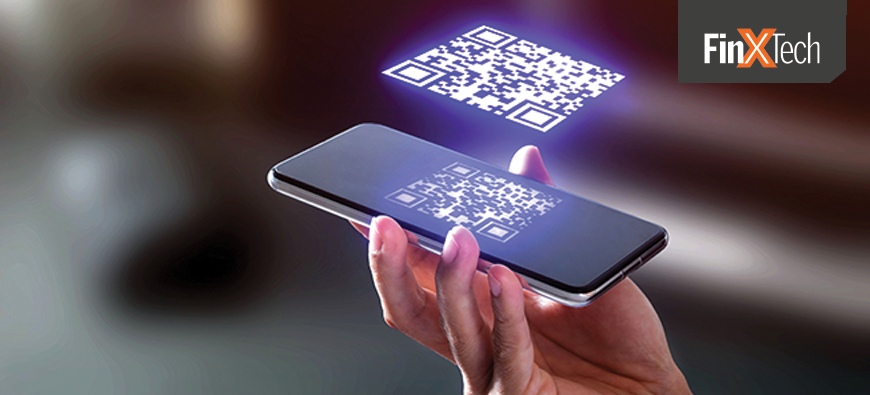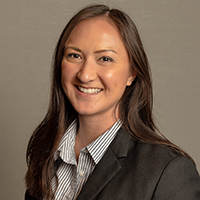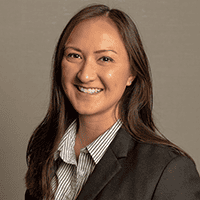
What’s New in Payments?
Following a number of rollouts and innovations, 2022 could finally be the year where the speed of digital payments equals their convenience.
A number of developments, combined with the coronavirus pandemic and changing consumer habits, could hasten changes to the payments landscape – as well as banks’ ability to participate. Altogether, they could address some of the payment pain points for community bank customers.
“The pandemic may have helped to spur growth of innovative payment methods, such as in-person contactless card, digital wallet and [person-to-person] payments,” the Federal Reserve Board wrote in a December 2021 payments study, adding that payment behavior “changed sharply” in 2020.
Digital payments are becoming the primary way that customers interact with their bank, and the number of such payments is accelerating, says Jason Henrichs, CEO of Alloy Labs Alliance. But for all its convenience and security compared to cash and checks, digital payments suffer from two major problems: they are slow and fragmented. Two innovations are making headway on addressing those problems, allowing for greater convenience for customers in timing and directing payments.
“There’s a huge opportunity and overlapping need from bank customers who aren’t in the digital payment world yet, and from those who are but are frustrated because it’s a series of closed networks,” he says. “What if, from your bank app, you could push money to anyone? And they don’t have to subscribe to anything, they don’t have to download an app, they don’t have to create an account?”
A community bank consortium brought together by Alloy Labs is attempting to solve that with CHUCK, an open peer-to-peer payments network. At the end of January, Reading Cooperative Bank, a $661.7 million bank based in Reading, Massachusetts, went live on the network.
CHUCK’s open nature simplifies sending and receiving digital payments. In most payment networks, both a payer and payee often need to use the same platform to send and receive funds. For example, customers can only send money over Zelle to other participating banks, and a Cash App user can’t send money to someone’s PayPal account. With CHUCK, a customer can log into their bank mobile app and send money to one of their contacts using the person’s phone number or email; the recipient, who does not have to belong to a CHUCK bank, is notified they have received money and selects where to deposit it.
CHUCK is in beta testing at several other banks in the consortium and is available nationwide to banks that are not members of Alloy Labs. Henrichs says its per-transaction pricing is designed to be cheaper for small banks than Zelle; smaller banks tend to have fewer P2P digital payments and pay more per transaction done over Zelle compared to biggest banks.
Another area of payment innovation is the continued adoption of instant payments, and subsequent customizations. The first instant payments system in the U.S., Real Time Payments or RTP, was introduced by The Clearing House in November 2017. There are now more than 190 financial institutions that offer RTP and all federally insured U.S. depository institutions are eligible to use it. The network processed 123 million real time payments in 2021, almost double what it processed in 2020. This growth comes as the Fed continues to work on FedNow, its own instant payment capabilities, ahead of its slated 2023 launch.
Already, RTP has powered a number of payment innovations, says Steve Ledford, senior vice president of products and strategy at The Clearing House. He lists faster insurance payments and mortgage closings, disbursements from digital wallets from nonbanks, employers that pay employees outside a traditional pay cycle and industries like transportation and trucking that have long invoicing periods. All incorporate RTP functionality in their payment processing. RTP can be used in digital invoicing called “Request for Pay,” which could make it easier for consumers to pay bills when they have funds available and reduce overdraft fees associated with misaligned timing and deposits.
“Folks are expecting payments to move now in real time; now that you can, you’re going to seeing more of it,” he says.
These innovations and continued adoption could solve some payments problems for customers. Payments remains an area of experimentation and innovation for banks and nonbanks alike, and groups like The Clearing House and Alloy Labs are continuing to chip away at these issues.
“I don’t know if CHUCK solves the problem of payments, but it gets us on a path that has a shot,” Henrichs says.



